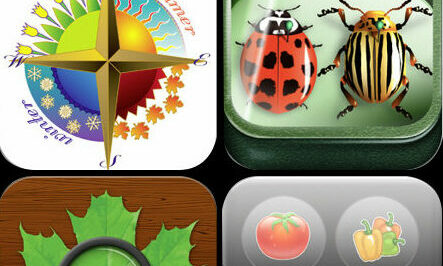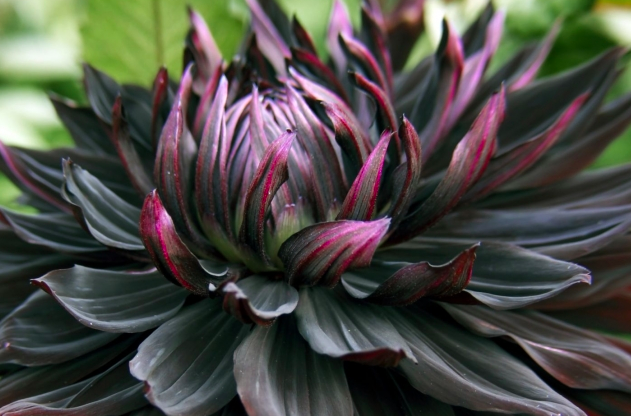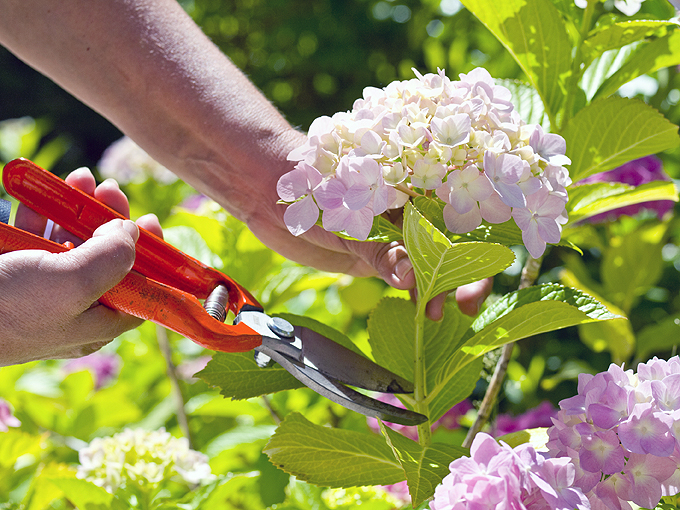
Gardening apps are so helpful when trying to identify plants, pests or weeds ‘on the go’. They are improving all the time, supplanting manuals and textbooks as the way people dig for information. Many University Extension services are developing digital aids to extend outreach to clients. This is helpful when we’re searching for reliable, research-based information, as it’s always wise to have a critical eye when searching online.
Here are some links to current applications (updated March 2021) to get you started. Do your research to find the best and least expensive options. Look for online reviews as most apps have been tested and rated by other gardeners.
Gardening Apps for Diagnosis of Pests & Diseases:
- Bugfinder – very helpful insect identification tool. You start by identifying the host tree with damage. The tool will assist you by sharing images of damage, and insects responsible, that are found in that tree species at that the time of year.
- Plant Doctor app suite developed by Purdue Extension features diagnostic apps for gardeners that provide solutions to problems for perennial and annual flowers, tomatoes, turfgrass, and trees.
- Garden Answers Apple and Android – image recognition technology can instantly identify over 20,000 plants. And if you’re concerned about a plant disease or insect infestation, you can use the keyword search feature within Garden Answers. It contains answers to over 200,000 commonly asked plant questions.
Gardening Apps for Identifying Plants, Weeds …
- IDWeeds – Apple or Android – produced by the University of Missouri. IDWeeds allows you to search for weeds by their common or Latin name, view a list, or identify weeds based upon a number of different characteristics. Details and photographs of each weed are specified.
- PlantSnap – Apple & Android – Identify plants, flowers, cacti, succulents, and mushrooms. Claims to Identify 90% of all known species of plants and trees and has 585,000 species in the searchable database.
- Leafsnap – Google Play -developed by researchers from Columbia University, the University of Maryland, and the Smithsonian Institution. This mobile app uses visual recognition software to help identify tree species from photographs of their leaves.
- Ontario Wildflower – Apple – great for identification! You give information such as location, flower color, and the time of year, and the app searches 2985 species of plants found in Ontario to identify which are a match.
- Picture This – Upload an image and receive an id. We don’t find it overly accurate but it certainly is quick and easy.
- Plantifier – Apple – upload a photo of an unknown plant and the users of the MyGarden.org community will try to recognize and give you an answer quickly and free of charge
- Pl@ntNet – Google Play – a tool to help identify plants with pictures. It is organized in specific databases
- Seek by INaturalist – Apple & Google Play – this app uses image recognition technology to identify the plants and animals around you. Would be helpful for families wanting to encourage an interest in nature and the outdoors – Earn badges for seeing different types of birds, amphibians, plants, and fungi.
Growing guides and Plant Care:
- Smart Plant Home – Apple only – Plant identification and care. Load your plants into a personalized digital garden and they tell you how to care for them with custom care calendar notifications
- Garden Tracker – Apple – this app lets you size and plan your garden plot, plant your vegetables in up to 50×50 squares, and then track their progress.
- Garden Plan Pro part of the GrowVeg.com garden planning suite with drawing tools and a big database to allow you to design your garden layout, rearrange plants and track progress
Learning, Science and Young Gardeners:
- Toca Lab: Plants aims to encourage children’s interest in gardening. It helps kids discover scores of plants with differing personalities and even allows them to create new species.
- Focus on Plant – Apple- is an educational app that can help users to learn the basic knowledge of Plant Science in an easy way. The content of the app covers the five basic areas of Plant Science, including the plant parts, the plant cell, the plant physiology, the life cycle of plants, and plant evolution. Designed with beautiful interactive illustrations and charts, the app makes the learning touchable and fun.
- Plant trivia -this trivia site has a small section on plants and one on biology. It won’t teach you how to garden, but it’ll keep you entertained while your plants grow.
Naturalists:
- iNaturalist – this is one of the best. Upload an image and immediately receive likely identification choices. These may be corrected or commented on later by others. Record what you see in nature, meet other nature lovers, and learn about the natural world. Help create a living record to allow experts to monitor changes in biodiversity and assist everyone in learning more about nature. See also the app SEEK under the Identification category.
- Audubon Bird Guide – free version includes a complete field guide to over 800 species of North American birds. Built for all experience levels, it will help identify the birds around you, keep track of what you’ve seen, and get outside to find new birds near you. Also, check out EBird and MerlinBirdID by Cornell Lab.
- Pollinator-Friendly planting guides – No longer an app. However, this is an excellent site to find comprehensive guides to selecting plants for pollinators specific to your area.
Related Information
Conservation and Environmental Resources – “get your Green on”
Plant Choices – Find images, growing conditions, and native selections





About The Author: Armstrong
As an author and editor, Linda directs her lifelong love of nature and plants to concerns about our environment and how we can do better. In addition to decades of gardening experience, and training as a master gardener, Linda focuses on learning from leading science-based educators and writers, and in the process finds that she uncovers many gardening myths.
More posts by Armstrong